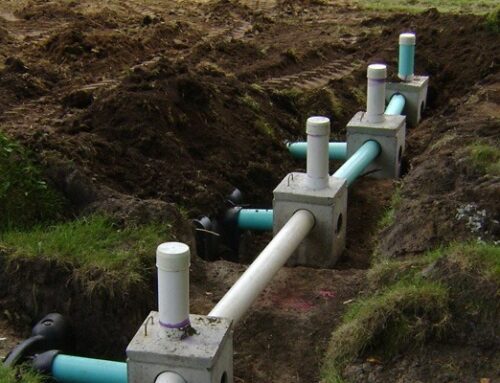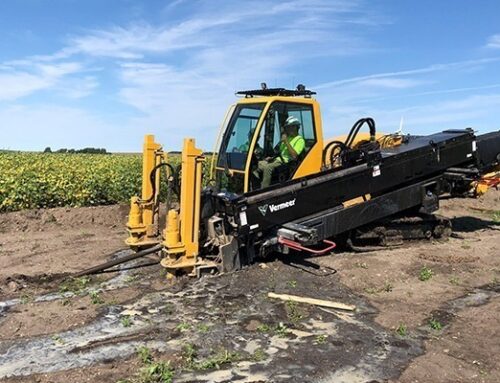Directional drilling has become an increasingly popular method for creating wells and underground structures, particularly in agriculture. This innovative technique involves drilling at different angles and directions rather than vertically.
In this blog post, we’ll uncover the many benefits of directional drilling over traditional boring methods and why it’s becoming the preferred choice for agricultural operations.
Improved Accuracy
One of the main advantages of directional drilling is its ability to provide a more accurate path for underground structures. With traditional boring techniques, there is always a risk of deviation from the intended route, which can result in costly mistakes and delays. However, directional drilling allows for precise control and maneuvering of the drill head, ensuring that the well or structure is created precisely where it needs to be.
Reduced Environmental Impact | Directional Drilling
Because directional drilling only requires a small surface location, it has a much smaller impact on the environment than traditional boring methods. This is especially important in agriculture, where farmland and natural resources must be protected.
With directional drilling, there is less disruption to the surrounding land and minimal disturbance to crops or livestock.
Increased Efficiency
Directional drilling also offers significant time and cost savings compared to traditional boring techniques. Since the drilling can be done from a single location, there is no need to move equipment and re-drill multiple times in different places. This reduces labor costs, fuel consumption, and overall project timelines. Additionally, directional drilling can cover longer distances than traditional vertical drilling methods, making it more efficient for creating wells or underground structures over large areas.
Also Read: Directional Drilling For Underground Utility Installation | Directional Drilling in Minnesota
Versatility in Terrain | Directional Drilling
In ag, the terrain can vary significantly from farm to farm. Traditional boring techniques may struggle with rocky or uneven landscapes, but directional drilling can easily navigate these obstacles. This makes it a versatile choice for agricultural operations in different geographical regions.
Avoiding Long-Term Complications
Surface subsidence, sinking of the ground above a well or structure, and damage to underground utilities are common complications that can arise from traditional boring methods. These issues can cause significant long-term problems for farmers and their surrounding communities. Directional drilling minimizes these risks by drilling at a shallow angle and reducing the number of entry points into the ground.
Future Potential
As technology advances, so does the potential for directional drilling in agriculture. For example, advancements in horizontal drilling techniques have allowed for more precise placement of underground structures, such as irrigation systems or drainage pipes. This can significantly improve the efficiency and sustainability of agricultural operations.
Hire Experienced Directional Drilling Experts to Protect Your Land and Boost Your Ag Operations
Hodgman Drainage Company, Inc. is a leading provider of directional drilling services for agricultural operations. With over 50 years of experience, our team has the knowledge and expertise to handle any underground project with minimal disruption to your land. We prioritize safety and efficiency in all our projects and are committed to providing top-quality services for our clients.
Contact us today to learn more about directional drilling and how we can help improve your ag operations.



